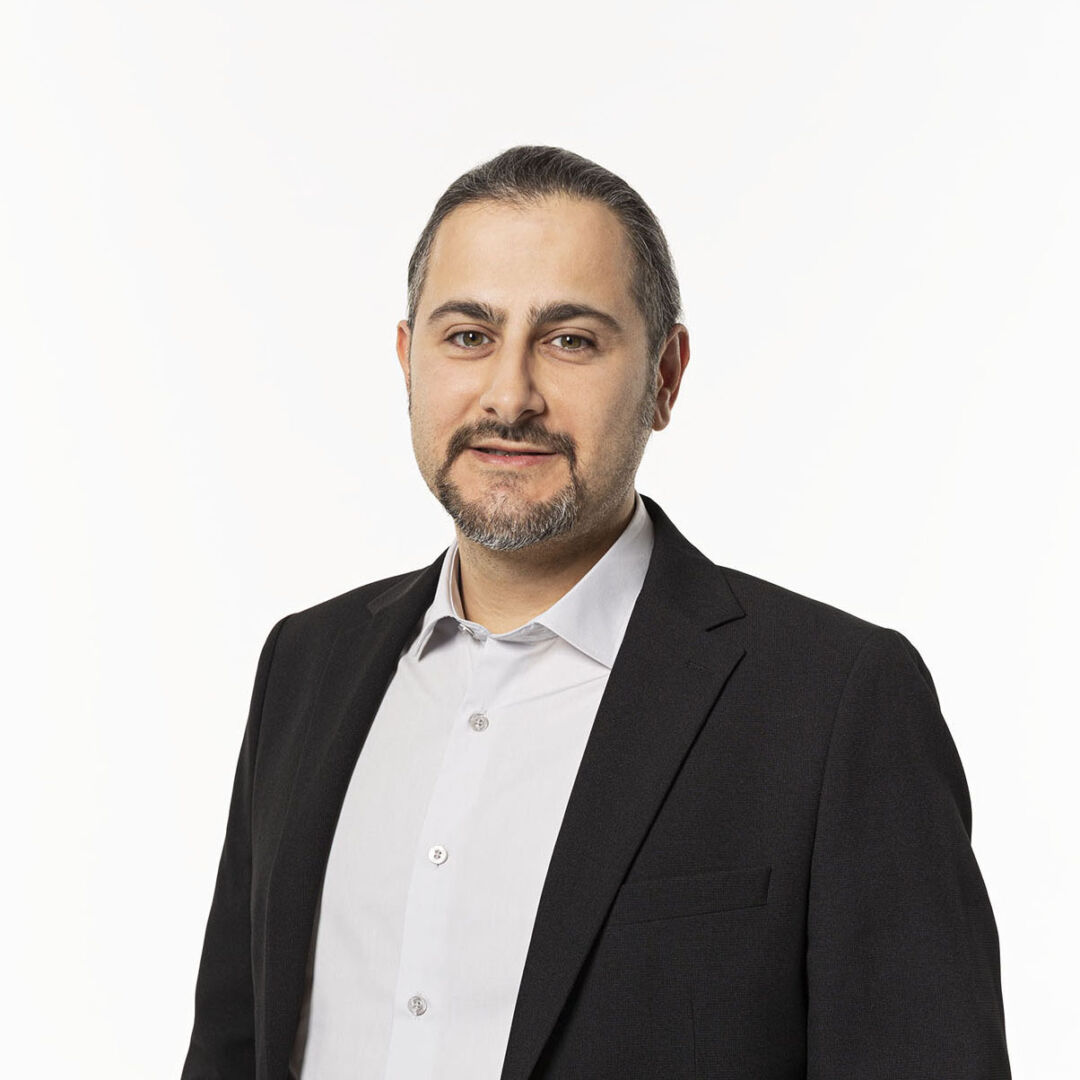Farm labour is hard work, and working in the fields to treat and harvest is especially tedious, physically demanding – and it is expensive. However, thanks to FlexiGroBots, farmers in four EU countries are now able to enjoy the benefits of robotic assistance, making their operations more efficient and cost-effective. These little helpers not only cultivate the fields with speed and precision, but they also collect valuable data in the process.
Robotic assistance for precision agriculture
The robot data is providing critical insights into the condition of soil and plants, as well as identifying potential pest infestations. With this information at their fingertips, farmers are able to make better decisions, leading to increased yields and higher quality crops. This marks a significant turning point in the agricultural industry, as it demonstrates the vital role of technology and data-driven insights in shaping the future of farming.
This is where the Spanish company ATOS and IDS technology come into play: The technical setup and secure handling in the agricultural data spaces are coordinated by the company. Curious, we sat down with two of their project-leads to find out how this works. How are the robots doing? Daniel Calvo Alonso, head of AI and Big Data at ATOS, and Carlos Cob Parro, data scientist at the enterprise, gave us an overview.
Implementation and data sharing
The goal of FlexiGroBots is to implement new solutions to improve precision agriculture, using technologies such as artificial intelligence, Big Data, and robotics fleets. We are talking here about ground robots, but also drones, and all these robots collaborate to perform several tasks in the fields. The consortium behind this project, coordinated by ATOS, has 16 partners from all over Europe: research centers, universities, companies providing robotic solutions, companies that are specialized in farm management systems.
There are three different pilot use cases: one in Spain for grape production, another in Serbia and Lithuania for blueberry farming, and finally, one in Finland where grape seed is the crop. The robots assist the farmers with collecting the crops. Automatic testing of the soil is performed to detect pests early and assess the health of the crop and the cultivated area. Soil robots equipped with sensors and artificial vision approach areas where the disease may occur and send images. This allows experts to determine whether treatment is needed, and if so, the robots carry out the plant protection treatments. The use of pesticides is reduced this way, and treating of non-infested plants is largely avoided. These are the tasks for which the IT solutions are built.
Data spaces to connect and to share the AI models
All robots send their data to the corresponding farm management system. The data flow goes from the devices – the robots – to the systems that are managed by the providers of these devices. That is where the connector is, and the sharing of the data starts. Carlos adds, “The data space is the bridge between the different companies, the different types of agricultural systems.”
The main idea of the project is to use this data space to connect and to share the artificial intelligence models, bringing together various actors to mutually benefit from each other’s data. The platform maximizes synergies, collaboration, and trade with data while at the same time ensuring data sovereignty, governance, and security for data-driven digital ecosystems. And that is very central as Daniel points out, “We want to guarantee that the data collected by all the different robots, devices, and systems participating in the project, all this information is shared in a fair and secure manner in the scope of the project.” Let’s look a little closer at how the data sharing is organized.
Kubernetes for Data Spaces
The IDS Reference Testbed was designed to operate in a restricted test environment. However, for the FlexiGroBots project, it needed to be transformed into a real deployment. The project team developed a set of manifests to deploy the testbed in a Kubernetes cluster. This enables the recreation of a realistic environment, making it easier to migrate from local to cloud infrastructure – and connect all involved companies. To achieve this change in architecture, it is essential to design each manifest using the official IDS components. Kubernetes is almost a de facto standard of the industry now explains Daniel. It’s an open-source project that is used everywhere.
Kubernetes was chosen because of its various benefits. It allows for easy deployment of the data space/testbed in any cloud solution and does not require a large infrastructure. It is easy to scale and connect various connectors in different parts of the world, whether you’re running something in Google Cloud, Amazon Web Services, or Azure. When you use Kubernetes, it works the same on any of these platforms, ensuring high availability. Therefore, regardless of the number of users, the services will work well.
The use of Kubernetes is important because, as Carlos cautions, “data spaces that work in a local environment are a great achievement, but in the real world, you must start migrating these proof-of-concepts to the technologies used by the industry.” Danieladds, “I think having a minimum viable data space relying on Kubernetes is a great milestone. It’s like the first step before going into production for real use cases and not just a small proof of concept.”
Plans for the long run
And what are the plans for the long run? “At the moment, we are developing this instance, this adaptation of the testbed in the FlexiGroBots project, but we are also involved in other research innovation projects to progress the implementation of the data spaces concept for different verticals. We are involved in projects for the energy sector, as well as for manufacturing and the Green Deal,” Daniel explains. They plan to use the implementation within these projects and to expand the current features for wider use in the future.
IDSA is part of the FlexiGroBots project, and the knowledge gained there can be used for the further development of the IDS reference architecture and the architecture of the data connector. Carlos from ATOS is an active participant in various working groups organized by the IDSA. The ambition is to feed all lessons learned into the future development and refinement of data spaces for all.




